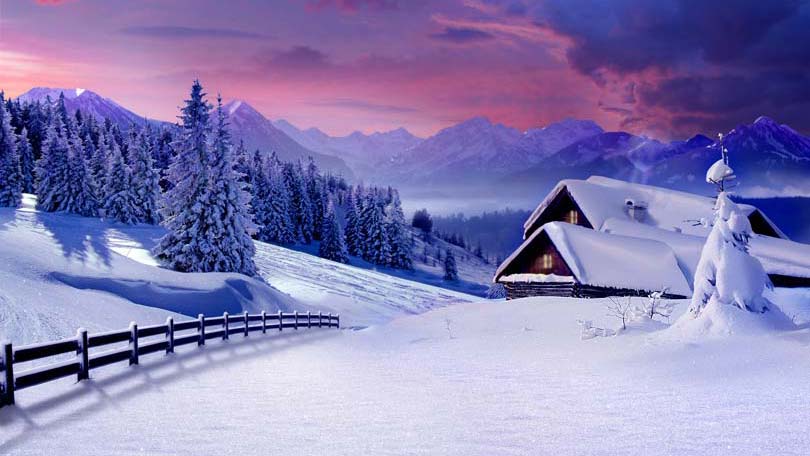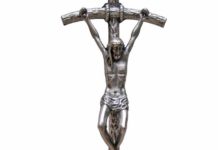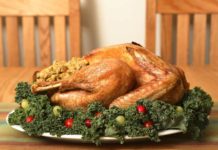
Considering the vast amount of evergreen trees available at Christmastime, does it really matter which type of tree you bring home to decorate? Some people are perfectly happy strapping anything with green needles to the roof of their car and sticking it up and calling it a Christmas tree. Other people are so incredibly discerning that they may very well go from tree farm to tree farm in search of the appropriate tree.
There are those that are green, very green, while others carry more of a blue hue to offset your decorations and lights. Personal preference is pretty much the only determining factor that decides which type of tree you bring home.
An Eastern Red Cedar is quite popular in southern regions with its deep green hue and often shorter and fuller branches. It is known to dry out quickly, usually within just a couple of short weeks. A dry environment such as a forced hot air dry heated home will considerably shorten the lifespan of this tree.
The Leland Cypress is a good pick for those who have allergies to most types of Christmas trees. With their feathery and softer needles, the typical “evergreen scent” is a bit milder than other tree species. The colors vary a bit, anywhere from dark green toward a light gray hue. These are one of the most popular trees in the Southeastern portion of the United States.
One of the most popular Christmas trees is the Douglas fir. Most of us in the Northern United States have fond memories of the Douglas. When left in the wild this tree lives to about one thousand years. It maintains that nice blue green hue for numerous weeks after being cut, adding significantly to its popularity. This is typically the tree used in television and commercial advertising around Christmastime, partially because it lasts so long. The unique color works well in that atmosphere.
The Deadora Cedar was once the type of wood utilized to make coffins for the Egyptian mummies. Now it is a high quality Christmas tree that is partial to the growing conditions of the Himalayas. The short blue green needles are strong and excellent for hanging short ornaments, like Christmas balls.
The very distinct needles of the Balsam Fir make it a top holiday choice. The top of the needles are green but the flashy silver hue of the underside creates a remarkable color combination for a handsomely decorated tree.
Fraser Firs and Grand Firs both create the luscious Christmas Tree aroma, especially when the needles are crushed or broken. They both have the deep green color throughout their needles and contrast well with lighting arrangements.
If left in the wild, the Concolor Fir can live about 350. This is an excellent tree for those who like to replant their Christmas tree after use. They are hearty and strong, and with their blue green needles and lofty aroma, they lay a nice foundation for Christmas tree artful decoration. Sometimes referred to as the White Fir, they are a big hit with Americans who tend to use traditional decorations.
The Afghan Pine, which is grown predominantly in Texas, Russia, Afghanistan and Pakistan, is the perfect tree for kids to take their shot at decorating. The branches are particularly sturdy and its softer aroma typically doesn’t interfere with people who tend to have allergies. A few states other than Texas do grow this species and it is not uncommon for tree farms to have them shipped in around Christmastime if there is a demand for the tree.
The Virginian Pine and the Scotch Pine, both very popular in the United States, have attractive deep green needles, a fresh mild scent, a solid longevity, and sturdy branches. The Scotch Pine is actually the most popular Christmas tree in the U.S. This also makes it one of the least expensive trees in the United States.
The best Christmas tree, naturally, is the one that makes your family feel at home, that shows of your decorating style, and of course, that you find affordable and worth the value. A Christmas tree that creates the centerpiece of Christmas for your family is simply the best tree for you.





